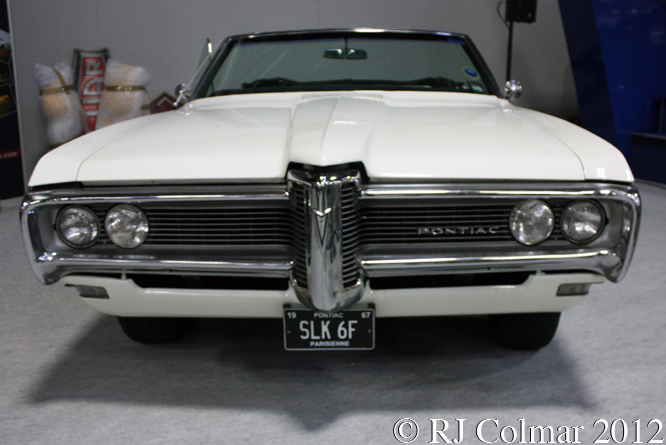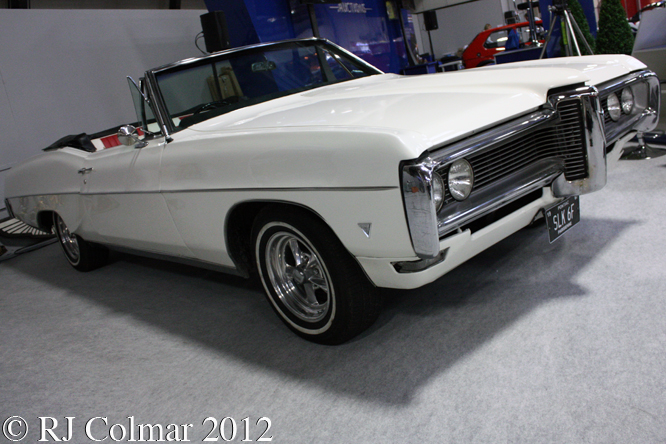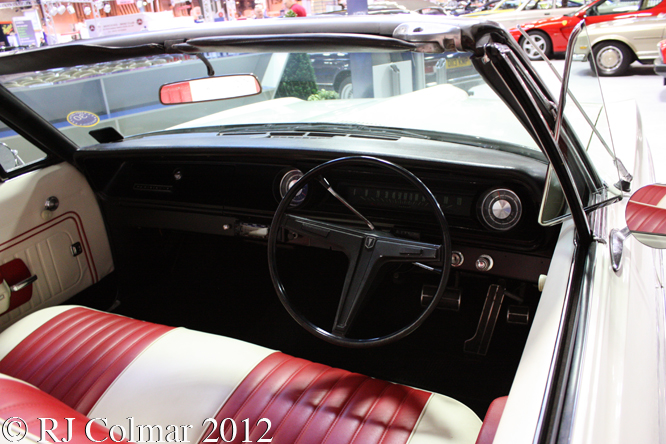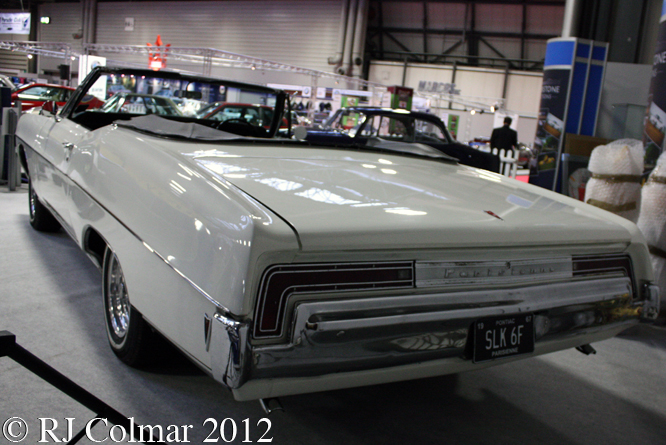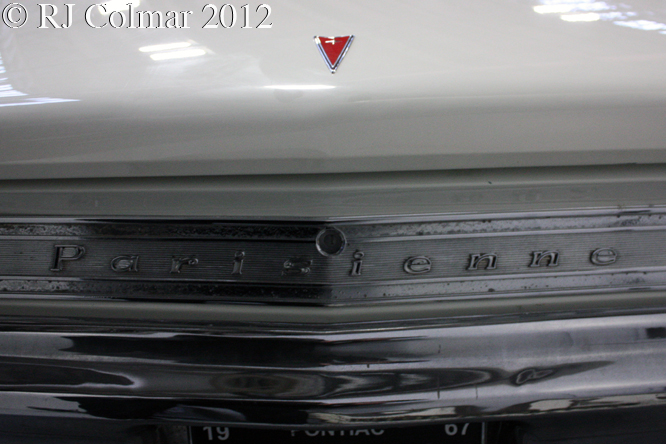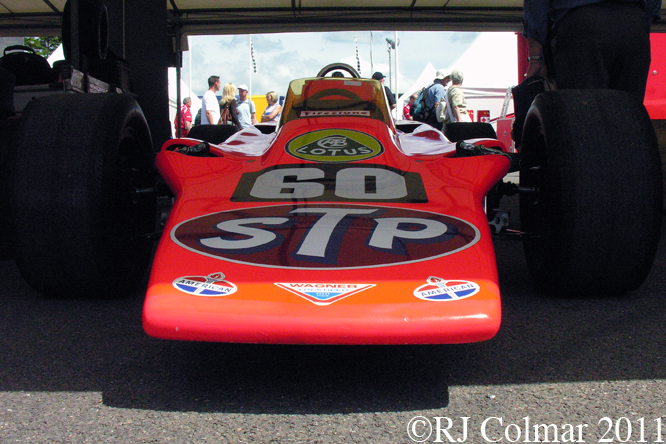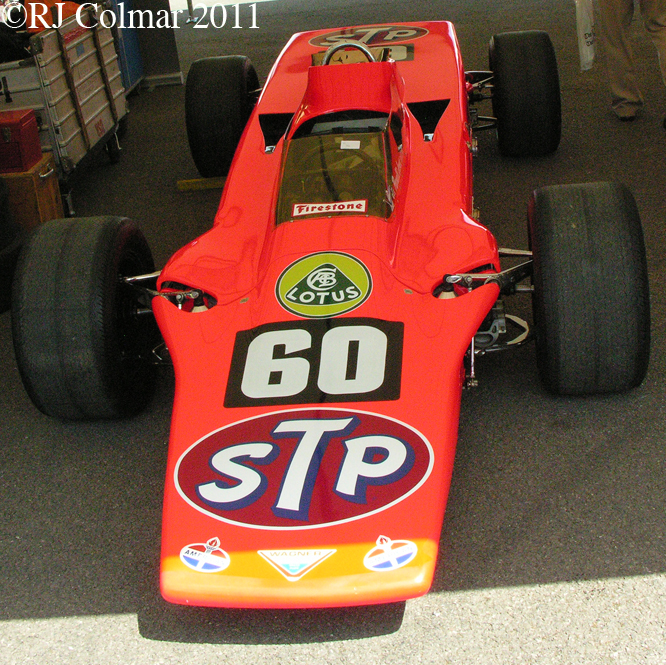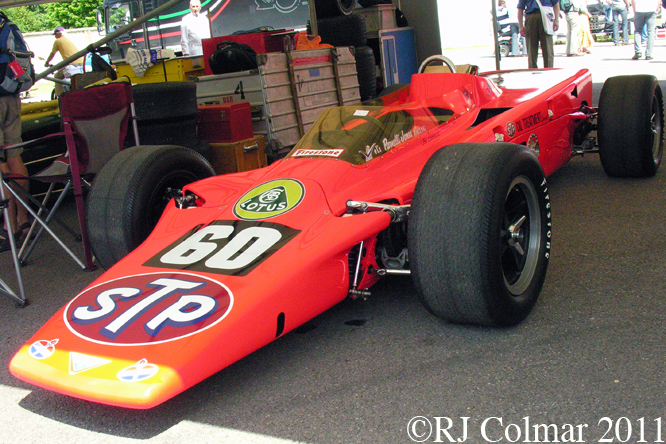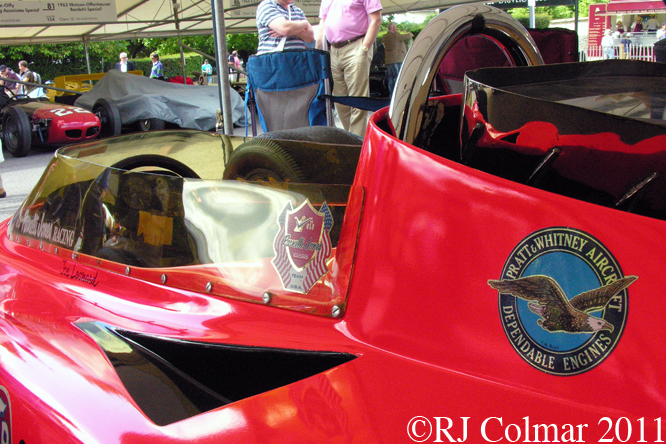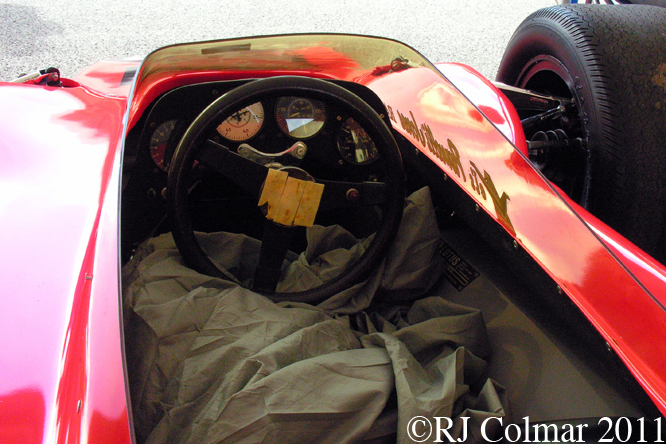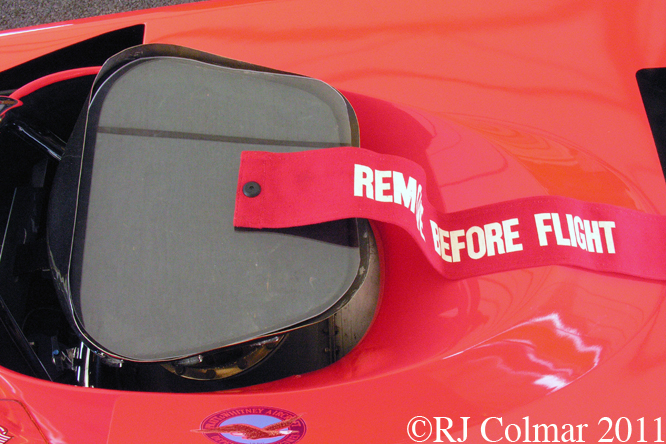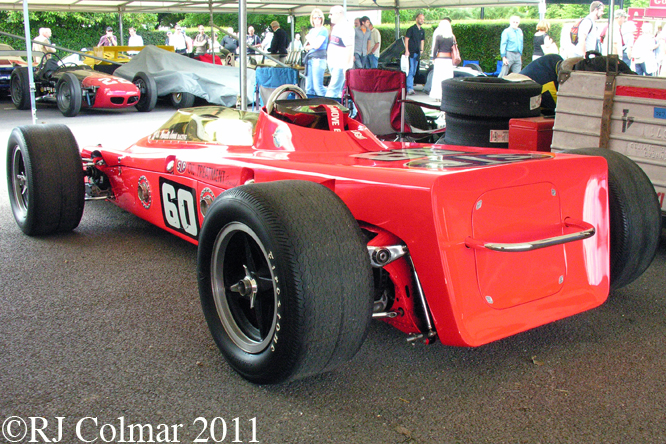Taking a one day break from GALPOT’s Indy 500 celebrations, for Ferrari Friday today we are celebrating the life of Gilles Villeneuve, father of 1995 Indy 500 winner and 1998 World Champion Jaques Villeneuve, and Gilles Ferrari 126 CK seen here during practice for the 1981 British GP at Silverstone.
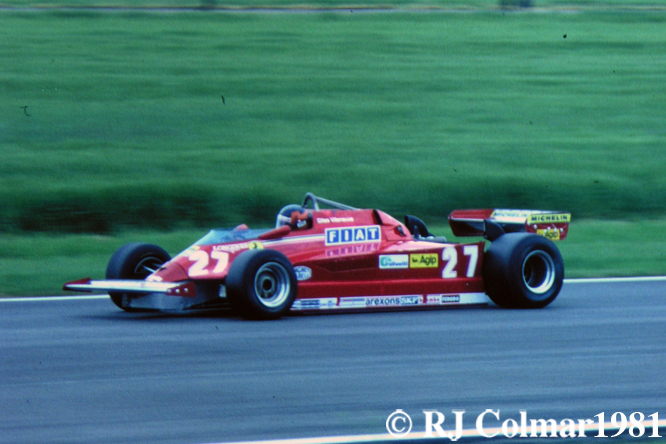
The Ferrari 126 CK was a development of Ferrari’s first turbocharged Grand Prix car which was launched in 1980. Featuring a fire breathing 600 hp 1,496 cc / 91 cui 120º V6 twin turbo charged motor and six speed gearbox Villeneuve described this car as a ‘big red Cadillac’ because the chronic turbo lag, ferocious power curve combined with ground effect aerodynamics made this car a real handful to keep under control.
Despite it’s wayward characteristics Gilles pulled off two of the most entertaining victories this writer has ever seen on TV, the first at Monaco (apologies commentary in German) came after Champion elect Nelson Piquet spun off after leading for 51 laps and reigning Champion Alan Jones experienced a fuel feed problem which allowed Gilles to steal a late victory on the one circuit least suited to his cars few strengths.
Two weeks later Gilles pulled off an even more unlikely victory at the equally tight and unsuited Jarama Circuit this time Villeneuve took the lead after 14 laps when reigning Champion Jones spun off. Gilles kept a four car train behind him for the rest of this exciting race by using the Ferrari’s brutal power on the straights to pull away out of the corners, going round the corners his pursuers bunched up time after time but did not have the brute strength to get an edge on the straights.
The finish of the 1981 Spanish Grand Prix was one of the closest in history with the first five cars being separated by 1.24 seconds. Sadly this would be the last time Gilles would take the checkered flag.
By the time Ferrari arrived in Britain they were developing a way to minimise turbo lag by injecting fuel into the red hot turbo exhaust pipe when the throttle was off, as the fuel ignited in the turbo exhaust pipe the pressure difference created between the burning fuel in the exhaust and the turbine wheel mounted upstream caused the turbine wheel to spin faster which in turn increased the turbo boost to the motor so that when the throttle was depressed more power was readily available. In this form whenever the 126 CK was off throttle a lick of flame would appear out of the exhausts.
At some point this system was banned, it being successfully argued by teams using naturally aspirated motors that the turbo afterburner constituted a second engine, when the rules clearly stated only one motor was allowed.
At the British Grand Prix, apologies Austrian commnetary, Gilles qualified 8th and made up five places on the opening lap before loosing it on the apex of the last corner of the first lap. Notice in the clip that despite his totaled car Gilles somehow manages to squeeze another 1/4 lap out of the car before retiring, this guy just did not know how to stop when the chips were down.
Another memorable performance that emphasised Gilles never say die attitude came at the 1981 Canadian Grand Prix where despite his damaged front wing obscuring his vision and adversely affecting the already poor handing of his Ferrari for numerous laps, Gilles kept his car on the black stuff to record an amazing third place finish.
Gilles was killed in an accident during practice for the Belgian Grand Prix, May 8th 1982
Salute Gilles RIP.
Hope you will join me for another edition of ‘Gettin’ a lil’ psycho on tyres’ tomorrow. Don’t forget to come back now !
